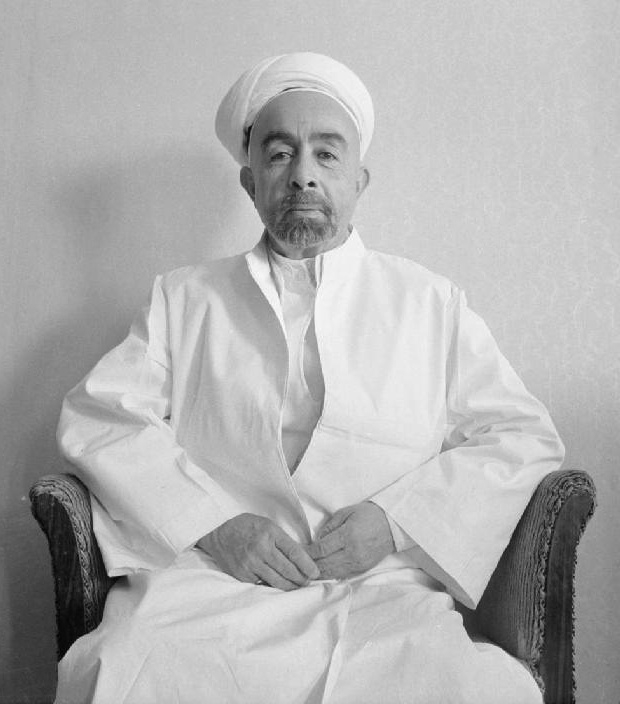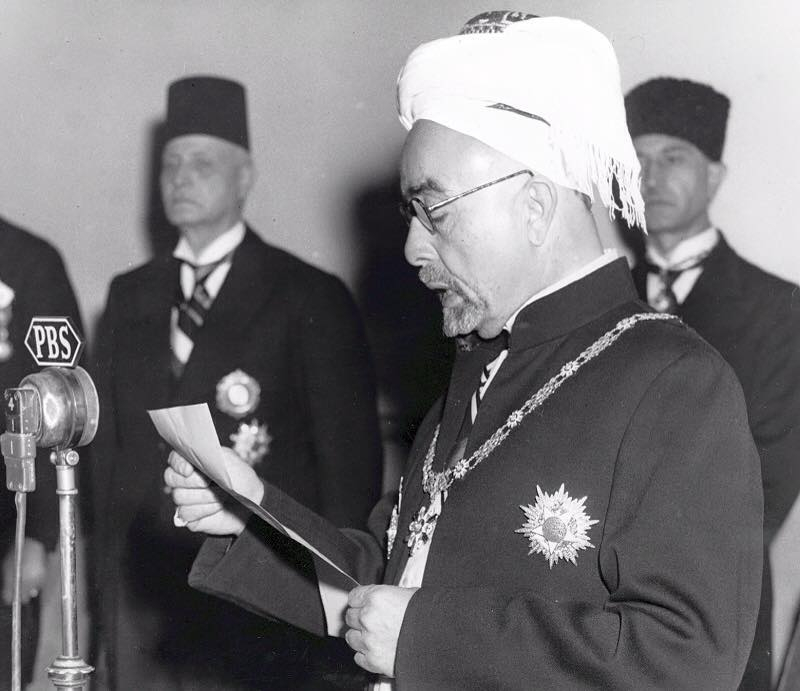Abdullah I bin al-Husayn
One of the most important historical figures in Jordan is Abdullah I bin al-Husayn. He (February 2, 1882 – July 20, 1951) was Jordan's ruler from 11 April 1921 until his assassination in 1951. He served as Emir of Transjordan, a British protectorate, until May 25, 1946, when he became King of an independent Jordan. He belonged to the Hashemite dynasty.
Abdullah was the second of four sons born to Hussein bin Ali, Sharif of Mecca, and his first wife, Abdiyya bint Abdullah, in Mecca, Hejaz, Ottoman Empire. He received his education in Istanbul and Hejaz. Abdullah served in the Ottoman assembly as deputy for Mecca from 1909 to 1914 but sided with Britain during World War I. During World War I, he was a significant figure in the covert negotiations with the United Kingdom that resulted in the Great Arab Revolt against Ottoman rule, led by his father Sharif Hussein. Abdullah personally led guerilla raids on fortified positions.
In April 1921, Abdullah became the emir of Transjordan. During World War II, he maintained his British connection and became king after Transjordan gained independence from the United Kingdom in 1946. Jordan annexed the West Bank in 1949, infuriating Arab countries such as Syria, Saudi Arabia, and Egypt, all of which supported the establishment of a Palestinian state. In 1951, he was assassinated by a nationalist Palestinian while attending Friday prayers at the gate to the Al-Aqsa mosque in Jerusalem.








